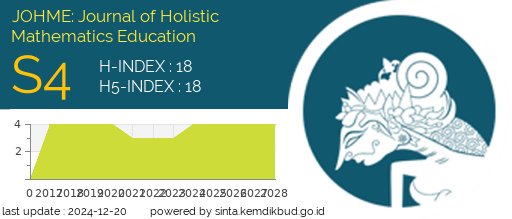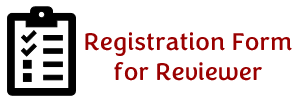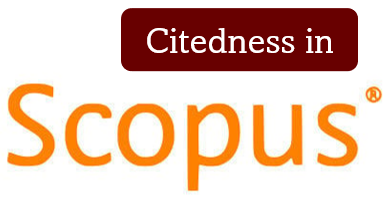![]()
Inzendingen
Checklist ter voorbereiding van inzending
Als onderdeel van de inzendingsprocedure moeten auteurs verklaren dat hun inzending voldoet aan de volgende richtlijnen. Inzendingen kunnen geretourneerd worden als ze daar niet aan voldoen.- The submission has not been previously published, nor is it before another journal for consideration (or an explanation has been provided in Comments to the Editor).
- The submission file is in OpenOffice, Microsoft Word, or RTF document and uses the JOHME Author Template (Word .docx). Manuscripts not using the template will be rejected.
- The text is single-spaced; uses a 12-point font; employs italics, rather than underlining; and all illustrations, figures, and tables are placed within the text at the appropriate points, rather than at the end.
-
ALL REFERENCES ARE PROPERLY FORMATTED ACCORDING TO APA GUIDELINES (6th edition). DOIs (Digital Object Identifiers) or URLs ARE INCLUDED when available. **For assistance finding DOIs of cited references, go to http://search.crossref.org. After locating the correct DOI and reference, choose Action > Cite > APA to ensure you have cited it properly. You can also use the tool at https://doi.crossref.org/simpleTextQuery to paste in an entire bibliography.
During Step 3 of the submission process, the list of APA-formated references will need to be pasted into a separate text box.
- The text adheres to the stylistic and bibliographic requirements outlined in the JOHME Author Guidelines, which is found in About the Journal.
- The submission will go to a double blind peer-reviewed section of the journal, following the instructions in Ensuring a Blind Review
Auteursrecht verklaring
Authors who publish with this journal agree to the following terms:
1) Authors retain copyright and grant the journal right of first publication with the work simultaneously licensed under a Creative Commons Attribution License (CC-BY-SA 4.0) that allows others to share the work with an acknowledgement of the work's authorship and initial publication in this journal.
2) Authors are able to enter into separate, additional contractual arrangements for the non-exclusive distribution of the journal's published version of the work (e.g., post it to an institutional repository or publish it in a book), with an acknowledgement of its initial publication in this journal.
3) Authors are permitted and encouraged to post their work online (e.g., in institutional repositories or on their website). The final published PDF should be used and bibliographic details that credit the publication in this journal should be included.”









